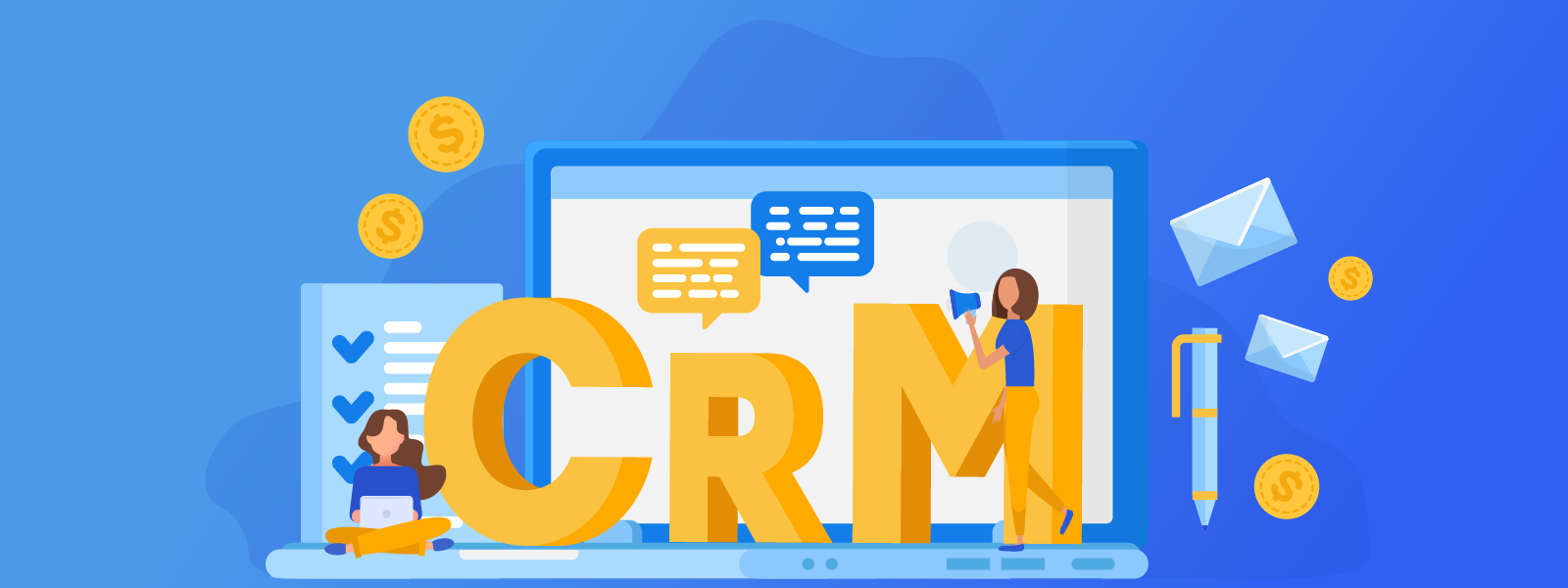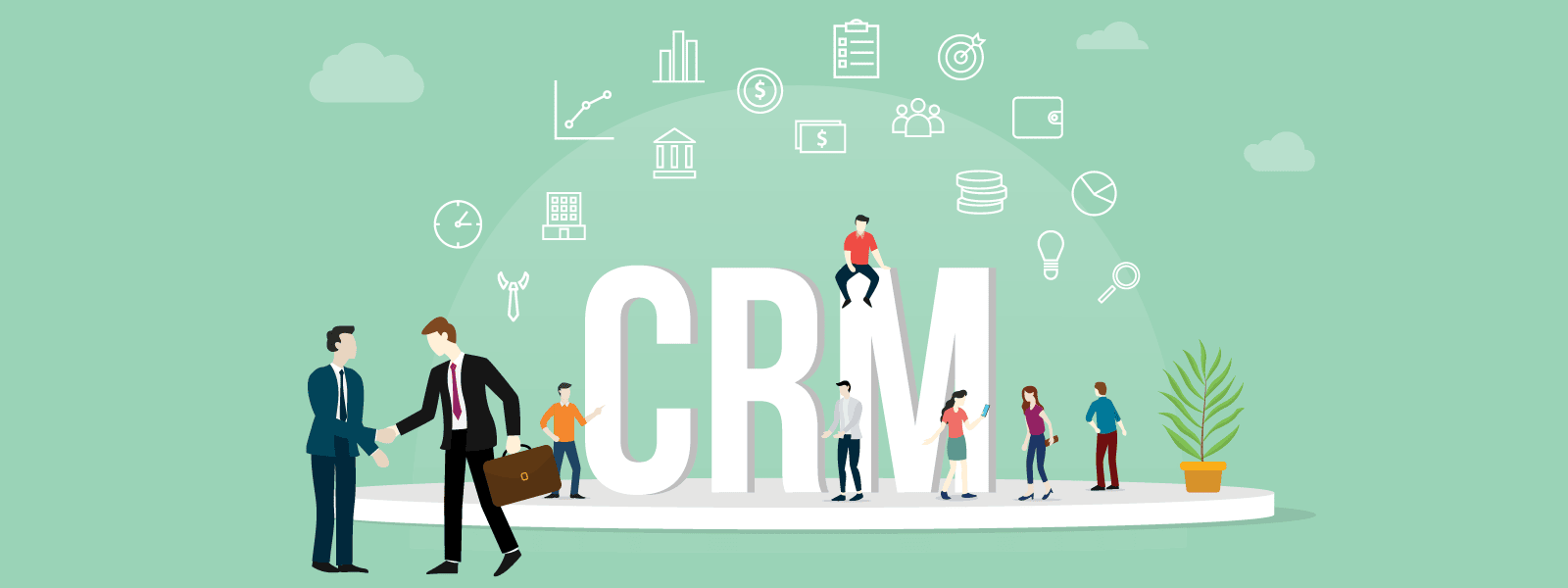How CRMs Can Help the Government Industry



Eighty-five percent of citizens expect the same level of or higher quality digital services from the government as they get from commercial organizations.
They increasingly expect governments to provide them with seamless services on any channel, whether it’s a computer, a mobile phone, an in-person interaction, or a combination of these.
Governments are hard-pressed by citizens, elected officials, and businesses to provide services fast and at a minimum cost.
CRM is crucial for any business, including government institutions. It combines processes, people, and technology in a bid to provide better experiences to citizens.
These better experiences include lack of frustrations when trying to access government services, shorter wait times, delivery of promises at the right time, and greater constituent satisfaction.
Use of CRM in the Government Industry

CRM has its roots in the private industry, where its revenues have overtaken those of database management systems to become the largest software market. By 2025, its revenues are expected to reach over $80 billion.
The private industry uses it to learn customer buying habits, boost sales, increase customer loyalty and improve revenue. CRM also plays a significant role in government institutions. Government agencies use it to keep track of citizen history, vendor relationships, supplier resources, and so many others.
A government CRM, however, differs from a business CRM in that the institutions must serve every citizen without overlooking even the disgruntled constituents.
They must also be accountable, handle the strict budgets, and interface with other agencies (local, state, and federal). They must maintain strong relationships with other government agencies, constituents, partners, lawmakers, and employees.
A good government CRM integrates seamlessly with existing government systems and makes them better. It makes government processes like getting a permit or a license easier since it shortens approval times, and the public can handle most of the processes quickly and easily.
The CRM must make it easy to access data records, provide security, user-friendly interfaces, and a good memory. Some of the best government CRMs include Salesforce, Zoho, NetSuite, Dynamics 365, and Zendesk.
They help transform the government’s infrastructure and allow the institutions to serve constituents better. They speed up access to information, they improve communication both internally and externally, and they simplify workflows.
How CRMs Help the Government Industry

1. They make it easy for employees to handle crucial tasks
CRM takes care of mundane, repetitive tasks so that employees can focus their energy on important ones. They also receive data-driven insights making it easier for them to tell what constituents want and improve their processes.
CRMs empower employees to do more with fewer resources. The unified data-driven platforms enable employees to solve citizen problems faster.
It also improves business processes, helps control costs, and provides better on-time project management. Employees can manage projects using a unified dashboard to track teams, performance, feedback, and citizens.
2. Provide better service to constituents
Governments are underperforming in terms of customer satisfaction. However, according to research, 7 in 10 constituents feel that they would get better experiences if public agencies invested in the latest technologies. Citizens expect more responsiveness, transparency, and accessibility.
Many governments are working hard to provide better services, for example, through online self-service portals and utility apps. CRM helps the agencies integrate and customize apps to provide personalized citizen experiences.
Employees can also solve cases faster through instant access to citizen information and automatic categorization. They also use analytics to get smart insights that help solve problems before they arise.
3. Recruiting and retaining top-notch employees
CRM integrated platforms that act as self-service portals for job seekers and hiring managers. They can make offers and hires as well as track applications.
Employee retention also increases when automation handles most of the mundane and repetitive tasks. Productivity is enhanced, and employees have time to be creative and innovate.
Managers can also interact and communicate better with employees, monitor projects, and assign tasks accordingly.
With the right CRM, governments can increase efficiency and operate smoothly. They can make informed decisions, understand citizens better, and achieve goals that lead to better-informed policies and service delivery.
Replacing outdated technologies with new and improved solutions can help governments focus on providing citizens with better experiences and improving communities.